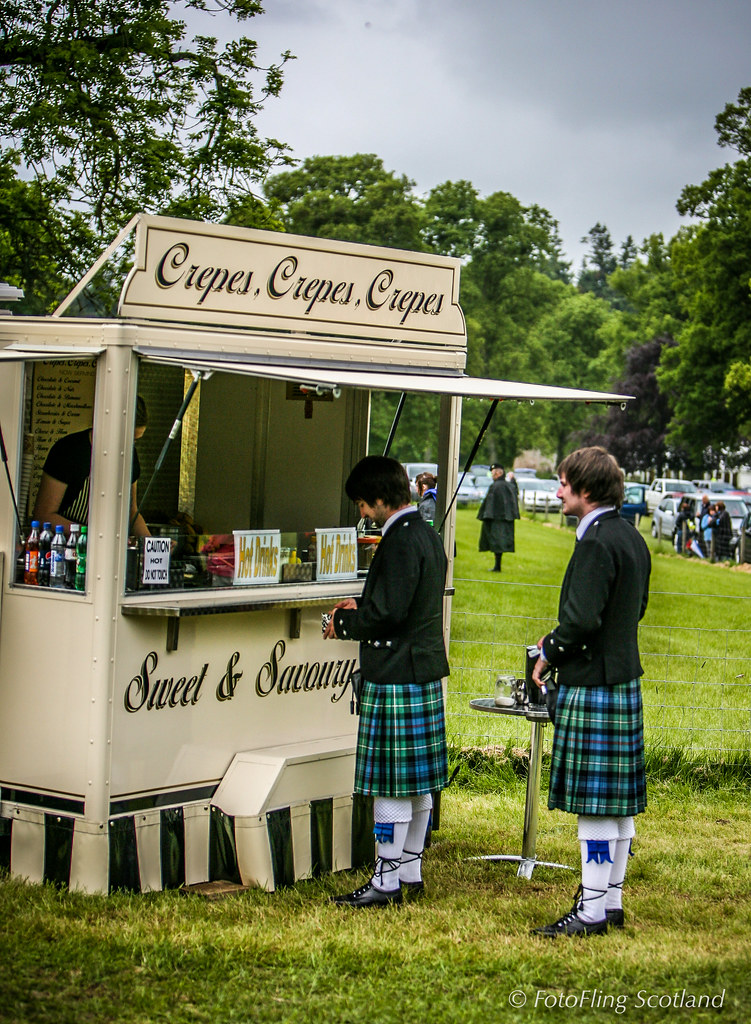#glamis castle
Text

The Duchess of York with Princess Elizabeth and a canine friend at Glamis Castle.
I've read that the Duke took this photo and it was in 1930 when Elizabeth was pregnant with Princess Margaret. Hence the strategic placement of the dog and the wall!
Good job, Bertie. It's a sweet photo!
📸
#photographer bertie#bertie & elizabeth#us four#happy family#1930#duke & duchess of york#king george vi#queen mother#princess elizabeth#princess margaret#queen elizabeth ii#prince albert duke of york#elizabeth bowes lyon#british royal family#glamis castle
64 notes
·
View notes
Text

GLAMIS CASTLE - SCOTLAND
102 notes
·
View notes
Photo
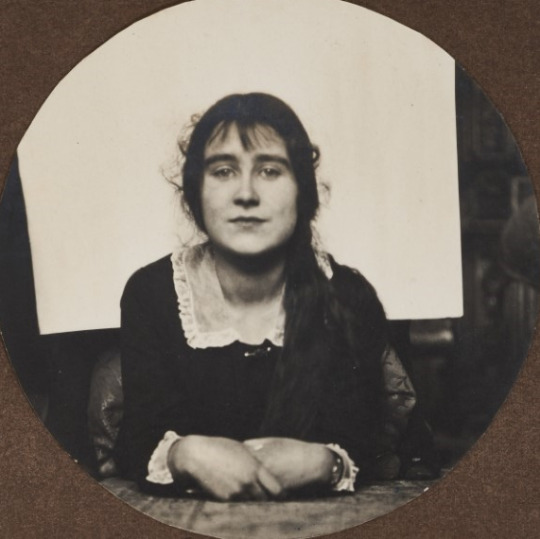
Lady Elizabeth Bowes-Lyon, Glamis Castle, 1916
Source: Reeman Dansie Auctioneers
#Lady Elizabeth Bowes-Lyon#glamis castle#queen mother#queen elizabeth#british royal family#vintage#photo archive#British royal history#1910s
179 notes
·
View notes
Photo

Glamis Castle, Glamis in Angus, Scotland.
#art#design#Architecture#castle#glamis castle#scotland#angus#glamis#luxurylifestyle#luxuryhouses#luxuryhomes#style#history
170 notes
·
View notes
Text

160 notes
·
View notes
Text
UNSEEN PHOTOGRAPHS OF QUEEN ELIZABETH RELEASED BY VARIOUS SOURCES

The Norwegian Royal Court published this photo of Queen Elizabeth together with her great-aunt, Queen Maud of Norway taken at Appleton House at Sandringham in 1929.

The Queen's grandson-in-law, Edoardo Mapelli Mozzi shared this photograph of her with Prince Philip from his wedding to Princess Beatrice in 2020.
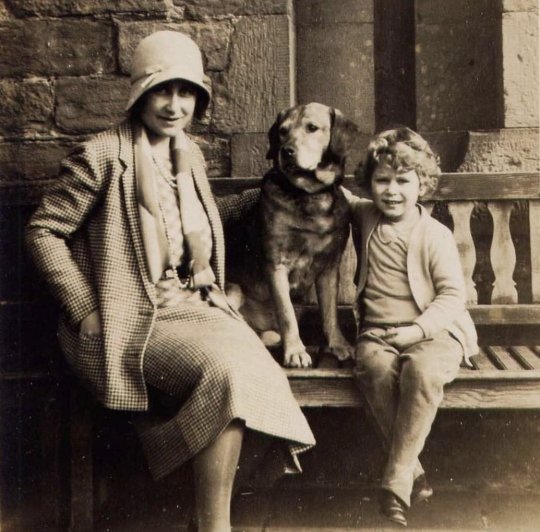
Glamis Castle released this photograph of the then Princess Elizabeth of York with Queen Elizabeth, The Queen Mum taken at the castle grounds.

On the eve of her funeral, Buckingham Palace shared this photo of The Queen taken at Windsor in May by Ranald Mackechnie as part of a series for the Platinum Jubilee.

The Swedish Royal Family shared this photo of The Queen from her state visit to Sweden in 1956 with King Gustaf VI Adolf.
#queen elizabeth ii#norwegian royals#queen maud of norway#prince philip#edoardo mapelli mozzi#princess beatrice#glamis castle#elizabeth bowes lyon#the queen mother#I'll keep updating this as more photos are released#unseen photos of qeii
124 notes
·
View notes
Text
Scotland - Dundee - Lowlands - East Coast




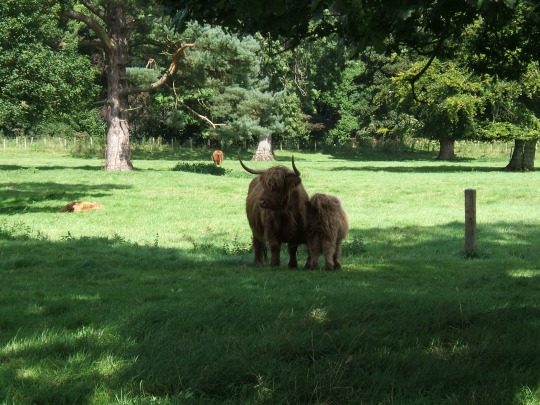


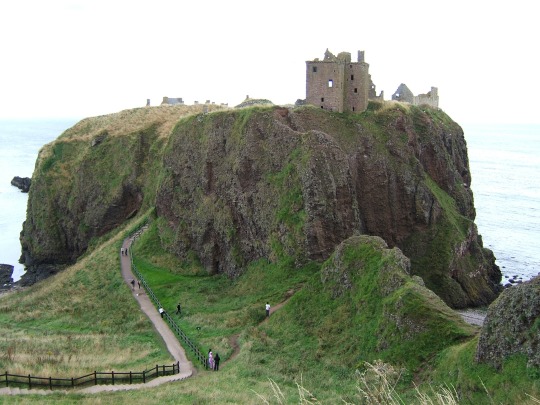

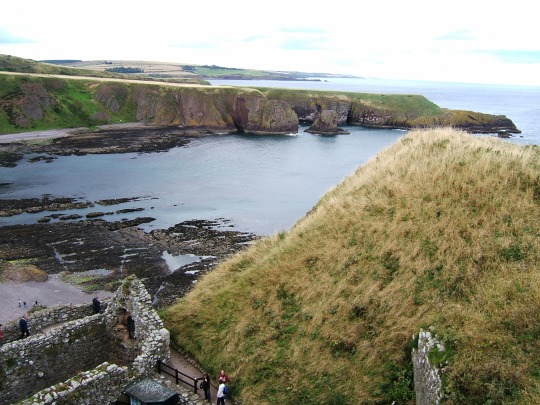
#traveling#reisen#scotland#schottland#lowlands#dundee#rrs discovery#east cost#glamis castle#dunnottar castle
2 notes
·
View notes
Text

Sunday Pictorial (18 March 1923) publishes 'exclusive photographs of the Duke of York's Bride-Elect,' Lady Elizabeth Bowes-Lyon, at her Glamis Castle home.
Elizabeth Angela Marguerite Bowes-Lyon (4 August 1900 – 30 March 2002)
#Prince Albert of York#King George VI#Lady Elizabeth Bowes-Lyon#Queen Elizabeth The Queen Mother#British Royal Family#Glamis Castle#Sunday Pictorial#1920s#20th century#newspapers
6 notes
·
View notes
Text

ELIZABETH of GLAMIS
By Roddy Martine | Published 20 August 2021
On an overnight visit to Glamis Castle in the early 19th century, Sir Walter Scott wrote, “I began to consider myself as too far from the living and somewhat too near the dead.”
No such thoughts troubled the future bride of King George VI, Her Majesty Queen Elizabeth the Queen Mother, for whom Glamis Castle with its bulky towers and turrets was her much beloved family home. In common with other scions of the old Scottish aristocracy, her parents also owned properties in England, notably in London and at St Paul’s Walden Bury in Hertfordshire, but it was amid the straths of the Angus countryside that the young Lady Elizabeth spent her happiest formative years.


While attending a charity garden party in the grounds at Glamis, an old woman informed her that when she grew up, she would become Queen of England. “In that case,” said the seven-year-old Elizabeth to her governess, “The laws of England will have to be changed!”.
When war was declared against Germany on 4 August 1914, coincidentally the day of Elizabeth’s 14th birthday, the 14th Earl of Strathmore and Kinghorne decided to relocate his Countess and 10 children more permanently to Scotland. Soon after their arrival, Glamis Castle, in common with other great UK country houses, was requisitioned as a convalescent hospital for wounded soldiers.
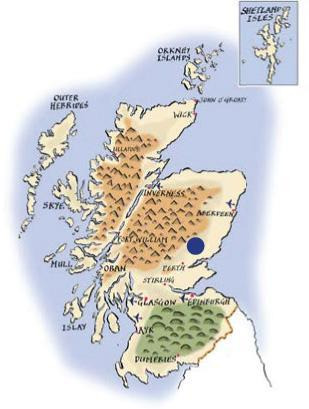
The family nevertheless remained in their private quarters but soon after, a serious fire broke out. On seeing the smoke, it was the 16-year-old Elizabeth who raised the alarm and who is largely credited with securing the rescue of the castle’s contents.
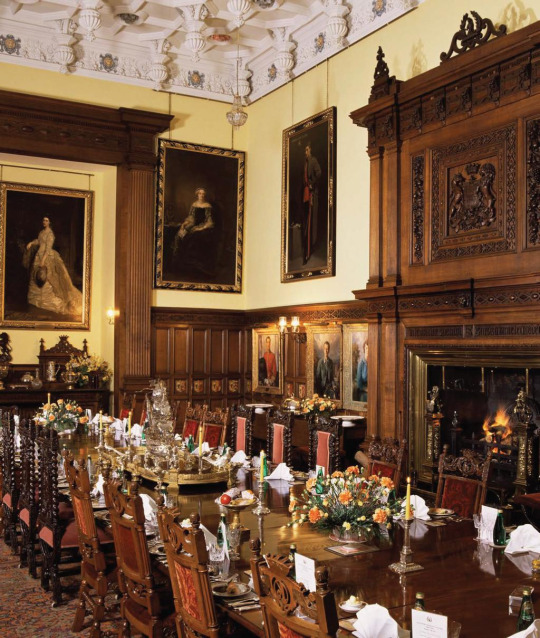
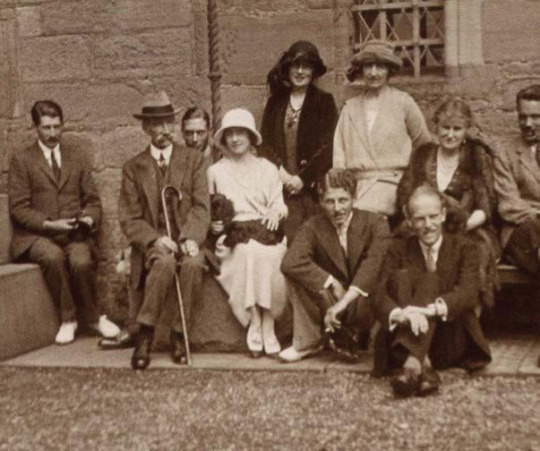
Those were difficult times for the close-knit Bowes-Lyon family. Four brothers enlisted in the army and Elizabeth’s eldest brother Fergus, an officer in the Black Watch, was killed at the Battle of Loos in 1915. Another brother, Michael, was reported missing, but later discovered to have been a prisoner-of-war.
However, amid the green rolling countryside and big skies of Scotland’s northeast coast, the troubles of the world were kept at a distance. Aside from volunteering as a nurse, Elizabeth was able to enjoy all of her favourite country pursuits, such as riding and fishing for trout and salmon, at which she excelled. The Italian Garden, with its raised terrace set between two small gazebos to the east of the castle, was laid out by her mother, Countess Cecilia, to designs by Arthur Castings. It was from this example that her daughter inherited a love of plants, which in later life she introduced at Clarence House, Birkhall and Castle of Mey.
And it was in Scotland that the young Elizabeth socialised with nearby landed families, notably the children of King George V when on holiday at Balmoral. In 1922, she was a bridesmaid at the wedding of Princess Mary.
Following their wedding in 1923, she and the then Duke of York chose Glamis Castle as one of their honeymoon locations, and it was here that their second daughter, HRH The Princess Margaret, Countess of Snowdon was born in 1930, becoming the first royal baby in direct line to the throne of the United Kingdom to be born in Scotland for 300 years.
Queen Elizabeth the Queen Mother clearly loved Glamis and at an official ceremony in 2008, her grandson, the Duke of Rothesay, officially named the specially designed wrought-iron entrance gates to the one-mile front drive, The Queen Mother Memorial Gates.
Show me a Scot who does not revere his or her ancestral roots. Descent from the royal line of Stewart was important to Elizabeth of Glamis, and throughout her long life she retained a deep emotional attachment to the land of her ancestors. Once, when approached at a reception by a South African who informed her that he detested the English, she replied. “Oh, I do so understand. You see I am Scottish.”

Long before it became a hunting lodge, Glamis had been a religious retreat for the Irish Christian missionary Saint Fergus. One thousand years ago it was among the territorial titles held by the much-maligned Macbeth, Mormaer of Moray, and she was well aware of that.
The de Lyons family from Upper Normandy, were originally followers of William the Conqueror when he invaded England in 1066. In a future generation, family members arrived in Scotland where they were given Charters of Land at Forteviot and Forgandenny in Perthshire. Succeeding generations prospered and in 1376, Glamis was a gift from King Robert II to Sir John Lyon of Forteviot, Lord Chancellor of Scotland, when he married the King’s daughter Princess Joanna.
Another royal connection followed when Sir John’s son married his cousin Lady Elizabeth Graham, a great granddaughter of King Robert.
Politics and power dominated medieval Scotland and in the 16th century, out of jealousy directed at the powerful Douglas family, King James V accused Janet Douglas, wife of the 6th Lord Glamis, of witchcraft. The estate of Glamis was confiscated by the Crown and the unfortunate Lady Glamis was burned at the stake on Castle Hill in Edinburgh in 1537. The King even took up residence in the castle until his death in 1542, after which the vandalised property was handed back to the family.
Such incidents linger long in the Scottish psyche, and it says a lot for the 7th Lord Glamis that he was prepared to serve under the regents Morton and Lennox, and, like his ancestor, he too became Lord Chancellor of Scotland. He even invited Mary, Queen of Scots to stay at Glamis in August 1562.


In 1603, the 9th Lord Glamis, Captain of the Royal Guard to James VI, accompanied the King to London when James became King of England, and was created Earl of Kinghorne in 1606. His son unfortunately backed the wrong side during the religious wars and Glamis was occupied by Cromwell’s soldiers in 1650.
With debts of £40,000, the 3rd Earl of Kinghorne restored the situation and created the West Wing (to his own design) and turned the old hall into a spectacular vaulted Drawing Room. In 1677, he acquired a new patent for his peerage which enabled him to style himself Earl of Strathmore & Kinghorne.
The 4th Earl had seven sons. Four predeceased him and the surviving four brothers were each to succeed in turn. The 5th Earl supported the Jacobite Cause and was killed at the Battle of Sheriffmuir in 1715; Charles, 6th Earl entertained the exiled Old Pretender and was subsequently killed in a local skirmish in Forfar.
Then came financial salvation in 1767 when the 9th Earl married the 18-year-old Mary Eleanor Bowes, heiress to a substantial coal fortune in County Durham. To acknowledge this union, their son, the 10th Earl, hyphenated the Bowes surname with that of Lyon and quartered the family arms.
A five-acre walled garden was created in 1866 to provide vegetables, fruit and flowers. The servants’ quarters beyond the east wing were refaced and a Dutch garden created in front of the castle. Further interior improvements were introduced by Mary, wife of the 17th Earl, when her husband inherited the estate from his cousin in 1972.
A remarkable lady, her sense of style became apparent throughout. She confesses that when first married, the castle did not charm her at all, but afterwards her attitude completely changed and the Glamis which passed on to her son remains the much-loved family home it is today.
Simon, 19th Earl, inherited the estate and titles from his father in 2016. By then, the castle’s popularity as a visitor destination and working estate was well established. There are 4,000 acres of arable and commercial cattle farming, and 100 domestic houses let out to residential tenants. The castle annually hosts exhibitions, large-scale events, concerts and theatrical performances.
The gardens are beautifully maintained and include ‘The Macbeth Trail’, which sets out to explain the links with William Shakespeare’s iconic Scottish play of which there are several. Glamis had been one of the territorial titles held by the much-maligned Macbeth, Mormaer of Moray, while the battle of succession of Malcolm II’s three daughters after the king died at Glamis, was the inspiration behind the interplay of William Shakespeare’s highly partisan Scottish play, written in the 16th century.
PLAN YOUR VISIT
Just 12 miles north of Dundee, 28 miles northeast of Perth and 50 miles southwest of Aberdeen, there are lots of travel options for visiting Glamis and there is even a direct bus service from Dundee to the castle. Guests can also stay in Glamis House, which sits on the estate and provides luxury self-catering accommodation with four en-suite bedrooms and one single bedroom. glamis-castle.co.uk
17 notes
·
View notes
Photo



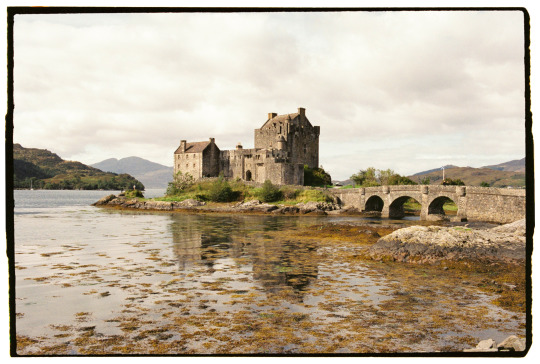

ESCOCIA 2/2
Old Man of Storr, Isle of Skye.
Glamis Castle.
Eilean Donan Castle.
#escocia#scotland#35mm#filmphotography#film photography#glamis castle#eilean donan castle#old man of storr
9 notes
·
View notes
Video
Queuing for a Crepe by FotoFling Scotland
Via Flickr:
Hungry pipers at Strathmore Games 2010
#EVENT#Highland Games#Scotland#Strathmore Highland Games#angus#crepe#glamis#glamis castle#kilt#pipers#scottish#takeaway#flickr
2 notes
·
View notes
Text
Bertie & Elizabeth 1923 ❤️

The honeymoon signatures of the Duke & Duchess of York (later King George VI & Queen Elizabeth, the Queen Mother) in the Glamis Castle visitors' book in 1923, adorned with romantic illustrations by Elizabeth’s brother Michael. 💘

Elizabeth & Bertie pictured with Elizabeth’s brother David Bowes-Lyon at Glamis, early in the Yorks' marriage. Elizabeth and David were very close, and Bertie got close to both David and Michael as well.
Source - Our Elizabeth, celebrated by those who know her
#young love#❤️#1923#honeymooners#Bertie & Elizabeth#king george vi#queen elizabeth#Glamis Castle#scotland#bertie's sweet baby face#british royal family
11 notes
·
View notes
Photo
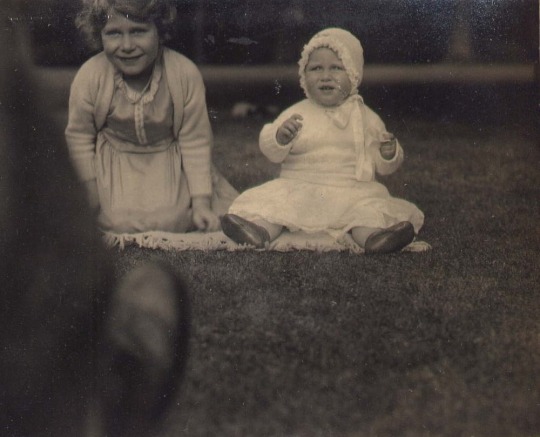
Princesses Elizabeth and Margaret Rose, 1931
Glamis Castle UK website / © Glamis Castle
#queen elizabeth#princess margaret#princess elizabeth#glamis castle#sisters#british royal family#royal history#royals#childhood#royal childhood#photo archive#vintage#1930s
69 notes
·
View notes
Text

22 notes
·
View notes
